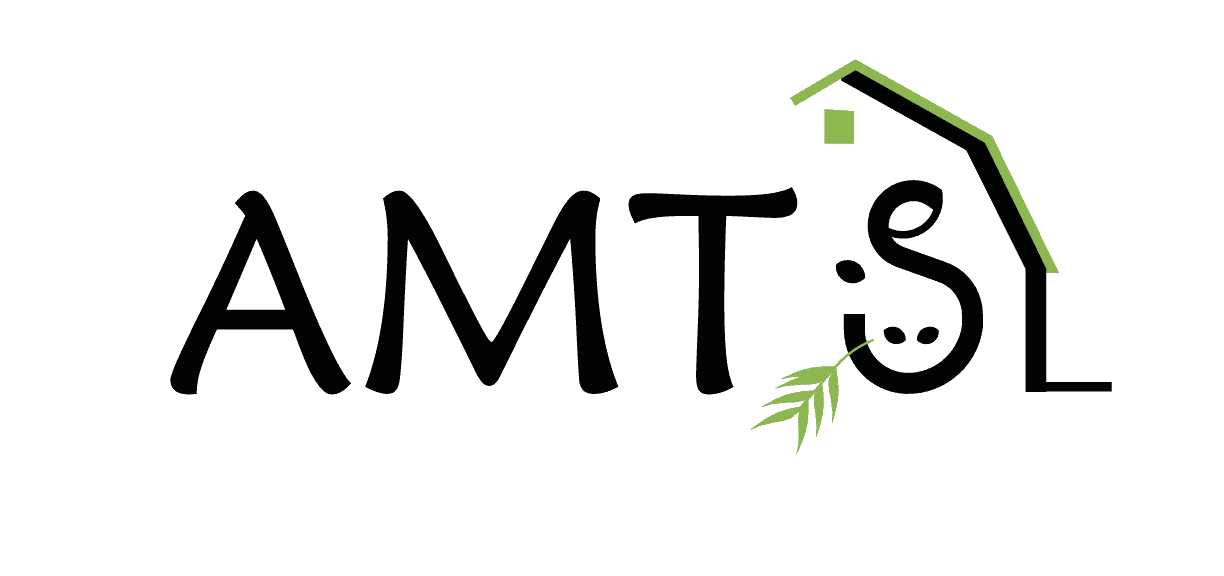
In October we were very busy getting ready for the release of our next update which will incorporate the newest version of the CNCPS v 6.5. At present we and Cornell are still finalizing the numbers and how they fit into the program. Since many of the implementations of the new biology rely on changes at the lab analysis level, we are working closely with the major labs to help in the transition. The new analyses, which more closely typify the feeds as the cow sees them, will require us to shift how we think of feeds and how they are categorized in terms of fiber digestibilitites and nitrogen availability. In advance of release, we will be running a series of informational posts on the changes. In conjunction to that educational series we will be revamping our blog site to allow logged in users special access to educational documents. In the meantime–we all get by with a little help from our friends. Kurt Cotanch, the Forage Lab Director at the Miner Institute wrote a very nice article for Progressive Dairyman in August. He graciously is allowing us to reprint it.
Throughout this article, NDF refers to aNDF, determined with use of amylase and sodium sulfite as described by Mertens and official AOAC methods of fiber analysis. For brevity of the acronyms, the “a” is omitted.
Fiber digestibility is a critical factor in dairy nutrition. It is involved in many parameters used to balance rations and evaluate forages. It affects dry matter intake (DMI) and gut fill capacity as well as total chewing time both eating and ruminating, not to mention milk and milk components production.
A new acronym, uNDF, is being used in the dairy nutrition lexicon and showing up on some forage analyses relative to NDF digestibility. Here is an explanation of what it is and what it is not.
As part of a small group of researchers working with the CNCPS model determining fiber pools and rates of digestion, it became clear that distinction between undigested fiber and indigestible fiber needed to be clearly defined.
For mathematical modeling purposes, iNDF is a required input to provide an end-point value of fiber digestion. In the rumen of a dairy cow, however, iNDF is never approached. There is always a portion of potentially digestible fiber (pdNDF) that remains undigested and is a portion of fecal fiber.
Thus, uNDF is the portion of fiber that is really the functional component of fiber in terms of physical effectiveness, gut fill, digestion and passage rate of a forage. Understanding these distinctions will help clarify differences for both modeling digestion kinetics and evaluating forage quality.
What is uNDF?
uNDF is the undigested NDF residue after fermentation at a given length of time to estimate NDF digestibility (NDFd) and is expressed as either a percentage of NDF or dry matter (DM).
Therefore, uNDF must be accompanied by an indicator of the length of fermentation time, such as 24, 30, 48, 90, 120 or 240 hours. To be truly biologically correct, uNDF must also be expressed on organic matter (OM) basis to account for residual ash of the forage and any possible soil contamination of the material.
The wet chemistry method of uNDF analysis is a gravimetric procedure and small amounts of mineral or ash can greatly affect the analysis and calculations of digestibility. Therefore, proper use of uNDF terminology for a 240-hour in vitro digestion, for instance, should appear as “uNDFom240.”
Determination of uNDF is used to calculate NDF digestibility. When expressed on NDF basis, NDFd equals 100 percent minus uNDF percentage.
Example calculations: Grass silage with 52 percent NDF and a 24-hour NDFd value of 58 percent (58%NDFdom24).
uNDFom24 = 42 percent on NDF basis or 21.8 percent of DM (42 percent x 52%NDF)
What is iNDF?
uNDF is not iNDF. Biologically, there is no iNDF. Indigestible NDF (iNDF) is a theoretical term, unique to each kinetic model for which it is being used to express the totally indigestible portion of forage material.
Since digestibility is time-dependent, iNDF requires infinite time in order to be determined. This is much longer than the average nutritionist can wait for results. As an industry, we have been using the concept of iNDF as an end point of digestion for the purpose of mathematically calculating the portion of potentially digestible fiber (pdNDF).
Thus, rate of digestion of NDF is calculated on only the potentially digestible fraction of NDF. In the past, we have used acid detergent-lignin (ADL) as a proxy to estimate NDF for modeling purposes using the equation:
iNDF = (lignin / NDF) x 2.4
We now have a better understanding that this calculation does not accurately estimate a biologically correct iNDF value and that a 240-hour fermentation residue, uNDFom240, does. The iNDF fraction, as estimated by lignin, turns out to be variable between forage species and more a function of cross-linking of the phenolic acids that make up lignin rather than total lignin alone.

The nutritional value of uNDF
uNDF is the proportion of NDF that fills the rumen at any given time: a mix of mostly slowly digested NDF (slow-pool) and some undigested fast-pool NDF. Highly digestible fiber will rapidly ferment and be physically reduced in particle size to either be digested or attain sufficient density to pass more quickly out of the rumen.
The space resulting from digestion and passage of both fast fiber and some portion of the remaining uNDF allows for more dry matter intake (DMI). The faster more rumen space is made, the greater the intake.
The total mass of uNDF residing in the rumen then becomes a baseline of gut fill, limiting the flux in available space. The question becomes: Is there a maximum and minimum level of uNDF fill in the rumen that limits DMI or is required to maintain proper rumen health?
We believe that uNDFom240 may be a viable fraction of forage fiber to estimate these limits. We currently have been using peNDF (proportion of NDF longer than 1.18mm, dry, vertically sieved) to monitor TMRs for sufficient fiber and rumen mat formation in order to maintain a healthy rumen. We now understand that NDF digestibility factors into animals’ chewing response to fiber, not just particle size and NDF content.
uNDF and ration balancing
Some are looking at NDFd30 or, inversely the uNDF30, values to estimate the daily DMI and level of uNDF to maintain rumen health. Larry Jones has presented this concept in a previous issue of Progressive Dairyman, using NDFd30 to estimate gut fill limits of uNDF and that required to provide sufficient peNDF to avoid digestive upset.
The 30-hour estimate of NDFd and uNDF may be a decent estimate of the rapid-pool and portion of slow-pool NDF digested and passed from the rumen in 24 hours.
Since lab digestion assays likely have a longer lag phase using dry ground forage particles compared to actual lag phase of chewed and saliva-coated feed particles in the cow, 30NDFd may be a good approximation for 24-hour digestibility in the cow and amount of uNDF required for rumen health.
Miner Institute along with Cornell and the University of Bologna are engaged in evaluating uNDFom240 related to DMI and gut fill across a number of feeding trials with varied diets of forages and non-forage fiber sources (NFFS).

Kurt Cotanch
